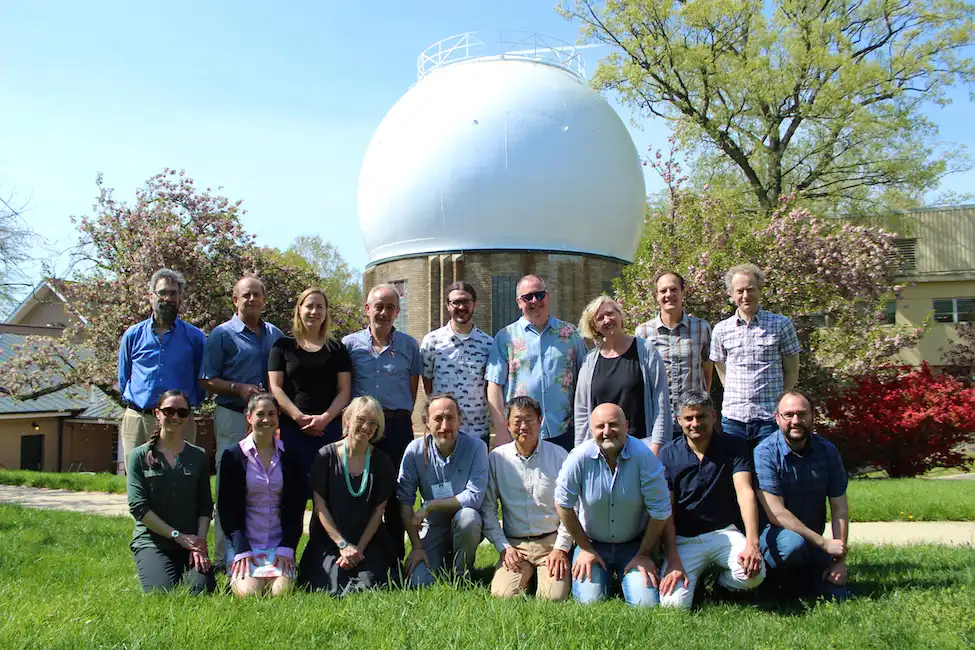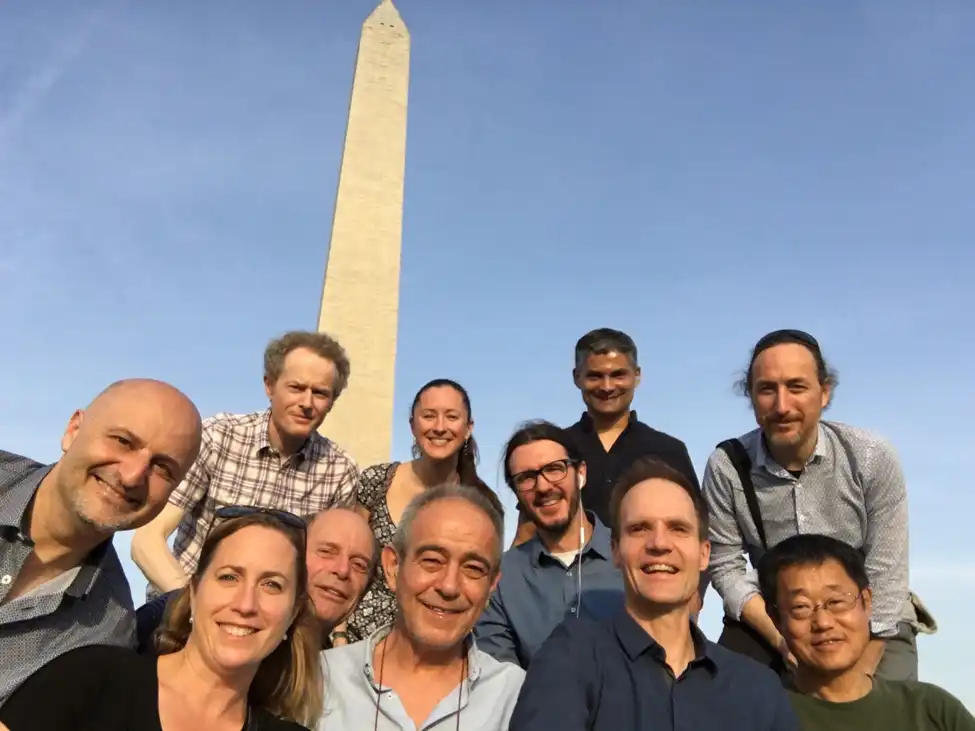Carbon is one of the most important elements on Earth, playing a critical role in everything from the formation of life to the regulation of the planet’s climate. While much of our focus tends to be on carbon emissions from human activities, there is another significant source of carbon that originates deep within the Earth’s mantle: carbon degassing. This natural process has profound implications for the carbon cycle, the Earth’s climate, and our understanding of geological processes. In this blog, we’ll dive deep into what carbon degassing from the Earth’s mantle is, how it works, and its implications for the environment.
What is Carbon Degassing?
Carbon degassing refers to the process by which carbon, in the form of carbon dioxide (CO2), is released from the Earth’s interior to the atmosphere. This occurs primarily through volcanic activity, where gases trapped deep within the mantle and the crust are brought to the surface during volcanic eruptions. The carbon that is degassed from the mantle has been stored for millions to billions of years, and its release is an essential part of the Earth’s natural carbon cycle.
Carbon can exist in the Earth’s mantle in various forms, including as part of minerals like carbonates or as dissolved gas in molten rock. When the conditions are right—such as during volcanic eruptions—this carbon is released into the atmosphere, contributing to the global carbon budget. The amount of carbon degassed is significant, but it is just one component of the broader process that regulates the Earth’s carbon balance.
The Mechanism of Carbon Degassing from the Mantle
The Earth’s mantle is an enormous reservoir of carbon. The carbon in the mantle is primarily stored in minerals, but it can also exist as a gas dissolved in molten rock, particularly in volcanic regions where mantle material is brought closer to the surface. When magma ascends from the mantle toward the Earth’s crust, it carries carbon along with it.
At shallower depths, the pressure decreases, causing the dissolved gases, including carbon dioxide, to come out of solution. This results in the release of carbon gases into the atmosphere during volcanic eruptions or through more passive processes like volcanic degassing at fissures and cracks in the Earth’s surface. The rate of carbon release depends on the level of volcanic activity and the specific geological conditions of the region.
In addition to volcanic eruptions, tectonic activity also plays a role in the degassing process. As tectonic plates move, they can push carbon-rich materials from the surface into the mantle, where they are stored for long periods. Over millions of years, the carbon that is sequestered deep within the Earth can eventually be released through volcanic activity.
Carbon Degassing and the Earth’s Carbon Cycle
Carbon is constantly cycling through the Earth’s atmosphere, oceans, soil, and interior. This cycle, known as the carbon cycle, regulates the planet’s climate and supports life. Carbon degassing from the Earth’s mantle is one of the key processes in this cycle, as it releases carbon that has been stored deep underground.
The carbon released from the mantle primarily comes from two sources: carbonates in the Earth’s crust and the deeper mantle material. The release of carbon from the mantle via volcanic activity and degassing represents a natural mechanism for carbon to return to the atmosphere, where it can be absorbed by plants and oceans or contribute to the greenhouse effect.
In the long run, the Earth’s ability to sequester carbon in the mantle can act as a form of climate regulation. For example, carbon stored deep in the mantle can be released gradually over millions of years, preventing a sharp rise in atmospheric carbon. However, human activities—such as burning fossil fuels and deforestation—have increased atmospheric carbon levels much more rapidly than in the past, potentially disrupting the natural balance of the carbon cycle.
Implications of Carbon Degassing for Climate Change
Understanding carbon degassing is essential for assessing its implications for climate change. While the amount of carbon degassed from the mantle is relatively small compared to human-made carbon emissions, it still plays a crucial role in the Earth’s long-term carbon budget. Over geological timescales, the release of carbon from volcanic eruptions can have significant effects on the atmosphere and the climate.
The carbon released from the mantle contributes to the greenhouse effect, which traps heat in the Earth’s atmosphere and raises global temperatures. In pre-industrial times, natural carbon degassing was balanced by the Earth’s natural processes that stored carbon, such as the burial of organic matter in sediments. However, the dramatic increase in carbon emissions from human activity has disrupted this balance, leading to an accelerated warming of the planet.
While carbon degassing is a slow process compared to human carbon emissions, it can still influence climate patterns over time. For instance, periods of increased volcanic activity—such as during tectonic shifts or the formation of large volcanic arcs—could lead to an uptick in atmospheric carbon, potentially contributing to warming trends or shifts in weather patterns. However, the natural system of carbon sequestration within the Earth’s mantle also acts to slow down the process of long-term warming, making the Earth’s carbon cycle a complex system of feedback loops.
The Future of Carbon Degassing Research
Studying carbon degassing from the Earth’s mantle is critical for understanding how our planet manages carbon over geological timescales. Geologists are increasingly using advanced techniques to study volcanic gases, including carbon isotopes, to gain insight into the behavior of carbon deep beneath the Earth’s surface. These studies help scientists better understand how carbon is stored and released over time and the long-term effects of carbon on the Earth’s atmosphere and climate.
As climate change becomes an ever-more pressing global issue, understanding the natural sources of carbon—and how they interact with human-made carbon emissions—will be essential for formulating effective climate models and mitigation strategies.
Conclusion
Carbon degassing from the Earth’s mantle is a fundamental process that shapes the planet’s carbon cycle and climate system. Though its direct contribution to current climate change is small compared to human activities, understanding this natural mechanism is key to unlocking the secrets of Earth’s long-term carbon dynamics. As research continues into the processes of carbon release and storage, we will be better equipped to predict and manage the environmental challenges posed by carbon emissions. In the broader context of climate science, knowledge of carbon degassing serves as a reminder of the intricate and interconnected systems that govern our planet’s carbon balance.




